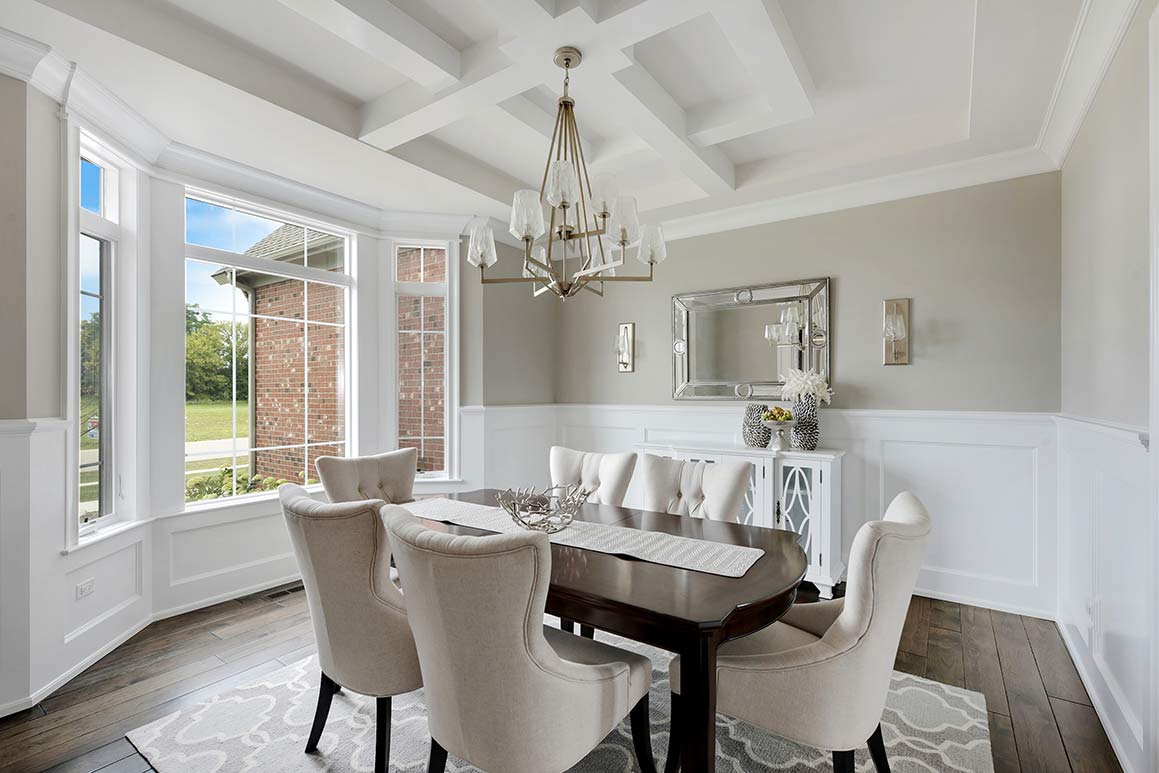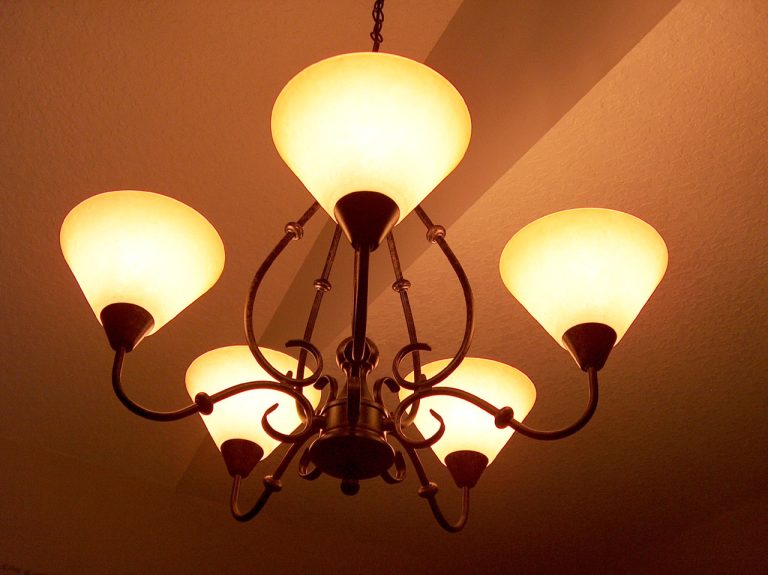When Selling a House, Avoid Awkward Misunderstandings Over Fixtures and Furnishings
State-of-the-art appliances, sleek lighting fixtures and tasteful window treatments can all make a memorable impression on potential home buyers. Silk curtains that match the wall or floor coverings, elegant chandeliers or crystal knobs on cabinet doors are features that buyers could understandably “assume” would be included in the sale.
Sellers may have a different view. Frequently, they plan to take pricey extras — like an heirloom chandelier, curtains made to coordinate with a bedroom set, an expensive, custom-designed kitchen exhaust fan that poses as a hanging light fixture or an imported wine cooler — with them when they move.
Problems and delays can arise at closing if the Buyer discovers during the final inspection that desired items in the home have been removed or even replaced. This type of “misunderstanding” can prompt disappointed Buyers to refuse to close the deal.
Most well-written purchase agreements contain a clause that provides for improvements and fixtures that will be included in the sale. Built-in appliances, light fixtures, wall-to-wall carpeting, window treatments and curtain rods, security systems, garage door openers and storm shutters are the types of things that may be listed. The lines can become blurred, however, when personal property items — such as curtains, free-standing appliances or a favorite light fixture — are not specified in the contract and/or the sellers’ intentions are not made clear.
Will the specialty Swedish washing machine stay or go? Will the expensive Sub-Zero refrigerator stay with the house or be removed at closing? Trees in free-standing pots in the patio or children’s play equipment in the yard can also come into question. Buyers have no way to be certain that “what they see will be what they get” unless those items are referred to specifically in the purchase contract.
Furniture may seem clear-cut and indisputable, but — in some instances — it still can cause disagreements. A large, irregular-shaped sofa matches the wall color exactly and appears to be built into a wall of the living room might be assumed to be “real property.” But, in fact, the sofa might be a custom-made, free-standing fixture that the Sellers have no intention of leaving behind.
Personal property becomes real property when it is attached in some way to the house — that may be bolted, built in to cabinets, cemented, nailed or wired behind the walls. There are five legal tests, adhered to by most states, that help determine when personal property — such as light bulbs in a chandelier — becomes, instead, real property, or part of the structure.
- The first and most important test is the method of attachment. If the item has been permanently attached with some sort of fastener (such as nails, screws or bolts) or with bonding material (such as glue or cement), then it has officially become a fixture. These features are real property and (unless excluded in the agreement) must be included in the sale. Pertinent examples would include hanging light fixtures, door and cabinet hardware, and window treatments.
- The second test is the adaptability of a particular item for use with the property. Built-in equipment that requires special wiring (such as an audio speaker, a burglar alarm or an intercom) is personal property that has been adapted to the structure and, consequently, has become real property.
- The third test is the intention of both the buyer and the seller. If the exhaust fan mounted over the stove has been mentioned in the purchase agreement as “not included in the sale,” then there is no question about the seller’s intention.
- The fourth test is the actual agreement between Buyer and Seller. The purchase agreement should list everything that might cause controversy later on, and should state exactly how each item will be handled. Everything is negotiable, and both personal and real property items should be agreed upon, and listed in the initial purchase offer.
- The fifth test is the relationship of the parties. In determining whose assumptions are correct, in any litigation about whether something is either personal or real property, be aware that many observers feel that courts tend to favor buyers over sellers, tenants over landlords and lenders over borrowers.
The law can vary from state to state—real property in Maryland could be considered personal property in California. When in doubt, check with your Realtor or seek legal advice for the answer.



